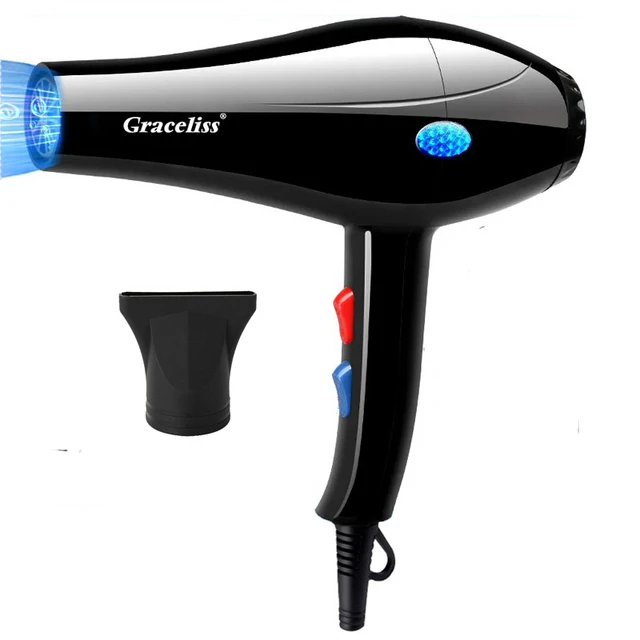Introduction:
Understanding the wattage of hair dryers is vital for choosing the right tool for your hair type and styling needs. Wattage, essentially the power consumption of the dryer, influences drying time, heat output, and overall efficiency. This comprehensive guide delves into the importance of hair dryer wattage, its impact on different hair types, and considerations for selecting the best model for your needs.
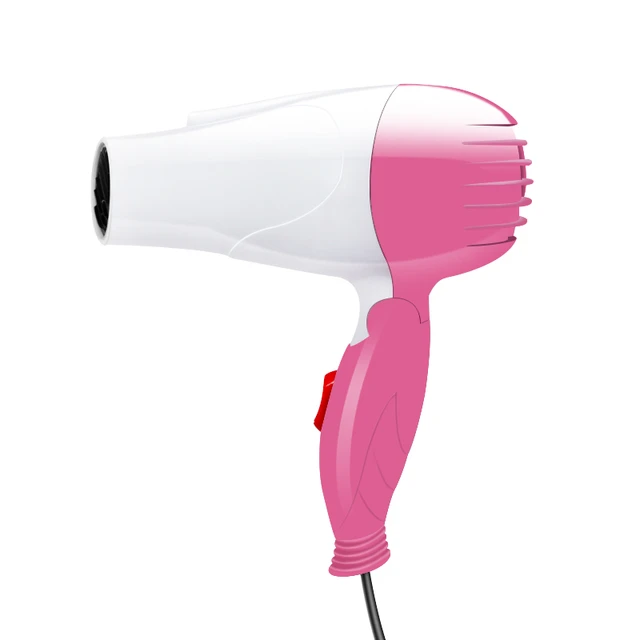
Hair Dryer Wattage:
How Does It Affect Performance and Suitability for Different Hair Types?
What Is Hair Dryer Wattage and Why Does It Matter?
Hair dryer wattage represents the amount of power the device consumes. Higher wattage typically means more powerful airflow and faster drying times.
Basics of Wattage:
Understanding Power Consumption:
Definition: Wattage measures the power consumption of an electrical device. In hair dryers, higher wattage usually translates to more heat and stronger airflow, which can decrease drying time.
Standard Range: Most consumer hair dryers range from 1,200 to 2,000 watts. Professional models may go beyond this range, offering up to 2,500 watts for intensive use.
Efficiency and Performance:
Impact on Drying:
Heat Output: Higher wattage hair dryers can produce more heat and have a more powerful airflow, speeding up the drying process. However, excessive heat can risk damaging hair if not used carefully.
Speed and Energy Use: Higher wattage also means faster drying, which can be more energy-efficient in shorter periods. However, it results in higher energy consumption overall compared to lower wattage models.
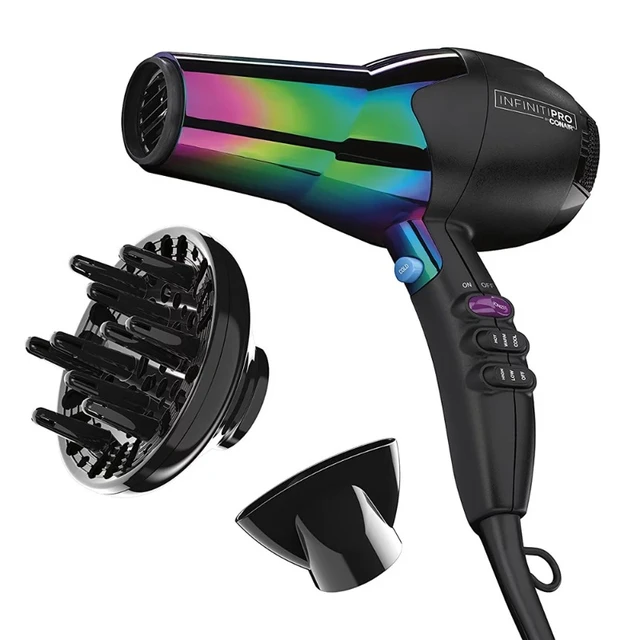
Suitability for Hair Types:
How Does Wattage Affect Different Hair Types?
Different hair types require various heat and airflow settings for optimal styling. Understanding which wattage suits your hair type can help you make the best choice.
Fine and Thin Hair:
Lower Wattage Benefits:
Gentle Drying: Fine and thin hair benefits from lower wattage dryers (around 1,200 to 1,500 watts) to minimize heat damage. Excessive heat can lead to breakage and dry out fine hair quickly.
Control and Precision: Lower wattage dryers provide more control over heat and styling, reducing the risk of over-drying and damage. Using the cool shot feature can also help set styles without excessive heat.
Thick and Coarse Hair:
Higher Wattage Requirements:
Powerful Airflow: Thick and coarse hair needs higher wattage dryers (1,800 to 2,000 watts or more) to effectively penetrate the hair shaft and cut down on drying time. Powerful airflow ensures even and quick drying.
Minimizing Frizz: Using a higher wattage dryer with ionic technology can help minimize frizz and improve hair smoothness. The combination of high heat and ionic output works well for taming coarse hair.
Curly and Textured Hair:
Balancing Heat and Airflow:
Diffused Drying: Curly and textured hair benefits from a higher wattage dryer paired with a diffuser to distribute heat evenly and maintain curl definition. Around 1,500 to 1,800 watts can be ideal.
Frizz Control: Using a higher wattage dryer with ionic and ceramic technology helps control frizz and enhances natural texture without overheating or flattening curls.
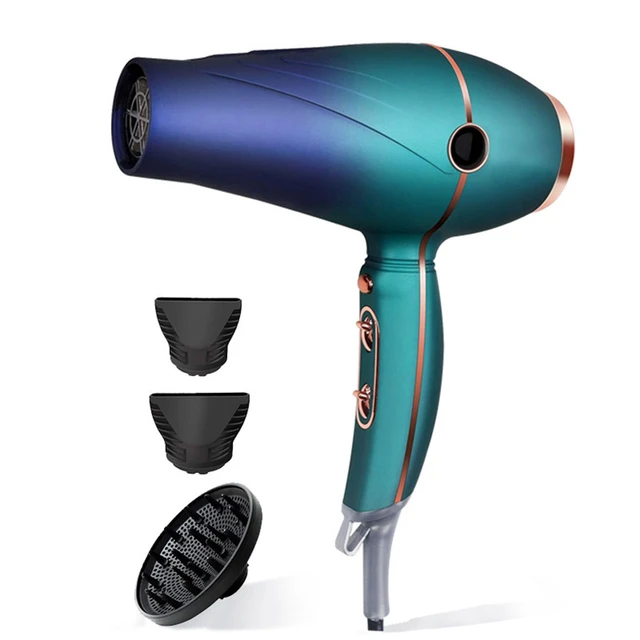
Professional Use:
What Wattage Is Best for Salon-Level Performance?
Professional stylists require hair dryers with specific wattage to ensure efficiency and quality in a salon setting.
High-Demand Requirements:
Intensive Use:
Higher Wattage: Professional-grade hair dryers often range between 2,000 to 2,500 watts. This higher wattage allows for powerful performance and faster turnaround during multiple client sessions.
Durability: Salon environments demand durable hair dryers that can withstand frequent use. Higher wattage models are typically built for longevity and consistent performance.
Versatility and Control:
Comprehensive Features:
Multiple Settings: Professional dryers offer multiple heat and speed settings to accommodate various hair types and styling needs. These settings provide the flexibility required for different clients’ hair textures.
Attachments: Professional models come with various attachments like diffusers, concentrators, and comb nozzles to enhance styling precision and versatility.
Energy Considerations:
How Does Hair Dryer Wattage Affect Energy Consumption?
Understanding the energy consumption of hair dryers can help you balance performance with environmental considerations.
Energy Use:
Impact on Electricity Bills:
Higher Usage: Higher wattage dryers consume more energy, contributing to higher electricity bills, especially with frequent use. It’s essential to consider this factor if you use the dryer daily.
Cost Efficiency: While higher wattages offer faster drying, using the dryer for shorter periods can offset the energy cost. Choosing a model with an energy-efficient design helps balance the usage.
Environmental Impact:
Sustainable Practices:
Eco-Friendly Options: Some hair dryers are designed to be more energy-efficient without compromising performance. Look for models that balance wattage with eco-friendly features.
Usage Habits: Adopting usage habits like towel-drying hair partially before using the dryer or using lower heat settings can reduce energy consumption and minimize environmental impact.
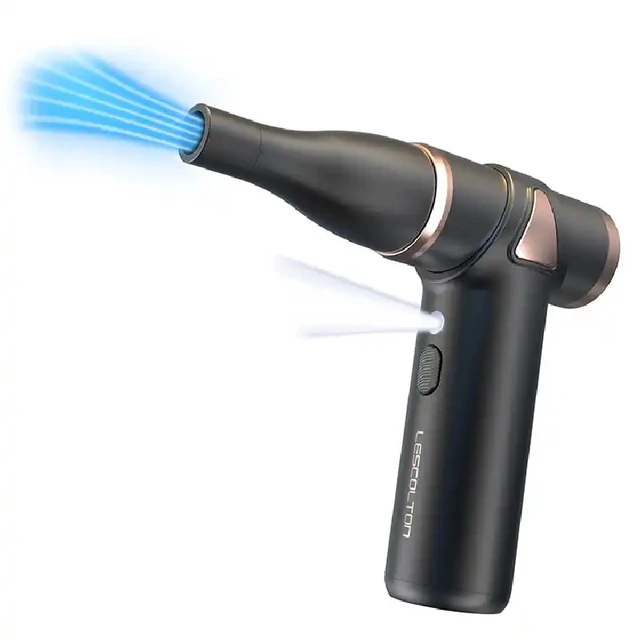
Special Features:
What Additional Features Complement Hair Dryer Wattage?
Several features work synergistically with the wattage of a hair dryer to enhance performance and hair care.
Ionic Technology:
Frizz Reduction:
Negative Ions: Ionic hair dryers emit negative ions that break down water molecules faster, resulting in quicker drying and reduced frizz. This technology benefits most hair types, enhancing smoothness and shine.
Ceramic and Tourmaline:
Even Heat Distribution:
Heat Control: Dryers with ceramic and tourmaline components distribute heat evenly and maintain consistent temperatures. This reduces the risk of hot spots and heat damage, complementing high wattage for smooth results.
Adjustable Settings:
Customizable Experience:
Heat and Speed Settings: Models with multiple heat and speed settings provide better control over heat exposure and airflow, allowing users to tailor the drying process to their specific needs.
Cool Shot Button: A cool shot button sets hairstyles and seals the hair cuticle, giving a polished finish. This feature is useful in both high and low wattage dryers for effective styling.
User Experience:
How Does Hair Dryer Wattage Affect Practical Use and Safety?
The user experience encompasses practicality, safety, and the overall ease of use offered by various wattage levels.
Practical Use:
Ease of Handling:
Weight: Higher wattage dryers tend to be heavier due to their powerful motors. Balancing wattage with an ergonomically designed, lightweight model ensures comfort during use.
Noise Level: Higher wattage models may produce more noise. Considering decibel ratings or choosing quiet models can enhance user comfort, particularly for prolonged use.
Safety Features:
Preventing Hazards:
Overheat Protection: Modern hair dryers, regardless of wattage, come with built-in safety features like overheat protection to cut off power if the dryer becomes too hot, preventing potential hazards.
Quality Assurance: High-quality materials and construction reduce the risks associated with high wattage, ensuring durability and consistent performance.
Maintenance:
How to Maintain Hair Dryers for Optimal Performance?
Regular maintenance ensures that hair dryers, irrespective of their wattage, continue to function effectively and safely.
Regular Cleaning:
Dust and Debris:
Filter Cleaning: Clean the filter regularly to remove dust and hair buildup, which can impede airflow and cause the dryer to overwork or overheat.
Attachment Care: Clean and check attachments for lint or residue buildup. Proper cleaning ensures optimal airflow and prolongs the life of the dryer.
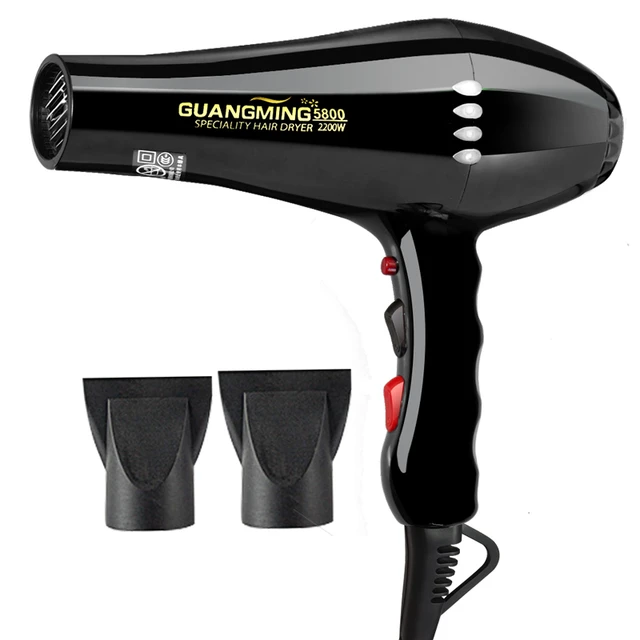
Usage Tips:
Prolonging Lifespan:
Cool Down: Allow the dryer to cool down between uses to prevent overheating. Avoid leaving it running continuously for extended periods.
Storage: Store the hair dryer in a cool, dry place, and avoid winding the cord tightly around the device, which can cause internal wire damage.
Choosing the Right Dryer:
What Should You Consider Beyond Wattage?
While wattage is a significant factor, other elements contribute to selecting the most suitable hair dryer for your needs.
Hair Type Compatibility:
Specific Needs:
Personal Hair Characteristics: Consider your hair type, density, and texture when choosing a dryer. Match the wattage and features to your specific needs for effective and safe styling.
Styling Frequency:
Usage Patterns:
Daily vs. Occasional Use: Daily users might benefit from investing in a higher wattage, professional-grade dryer for efficiency and durability. Occasional users may find lower wattage models sufficient.
Brand and Warranty:
Reliability and Support:
Reputable Brands: Opt for reputable brands known for quality and performance. Check reviews and user feedback to gauge reliability.
Warranty Options: Consider models with comprehensive warranties. Warranty coverage provides assurance and support in case of defects or performance issues.
Conclusion
Hair dryer wattage is a crucial factor influencing performance, drying time, and suitability for different hair types. Lower wattage models (1,200 to 1,500 watts) are ideal for fine and thin hair, offering gentle drying and control. Higher wattage models (1,800 to 2,000 watts or more) cater to thick, coarse, and curly hair, providing powerful airflow and faster drying. Professional-grade dryers with wattages up to 2,500 watts are designed for salon use, ensuring durability and efficiency. Considerations beyond wattage, such as ionic technology, ceramic components, adjustable settings, and overall design, contribute to the dryer’s effectiveness and user experience. Regular maintenance, safe usage practices, and considering energy consumption further enhance the practical use and longevity of hair dryers. By understanding these aspects, you can select the best hair dryer suited to your specific needs and preferences, ensuring optimal performance and hair health.
